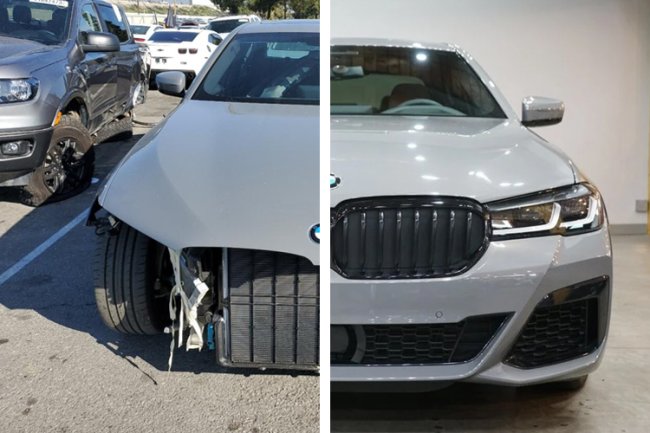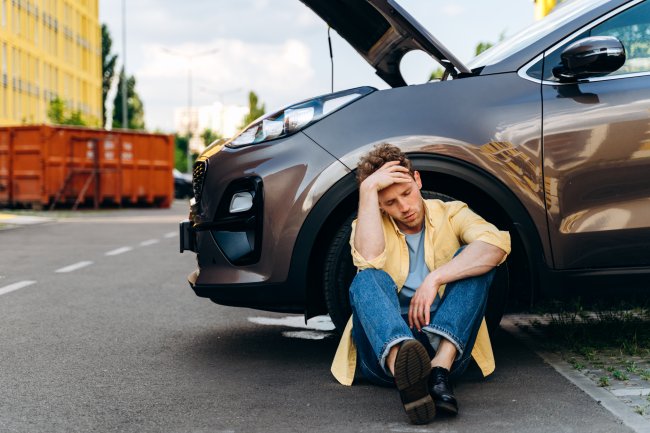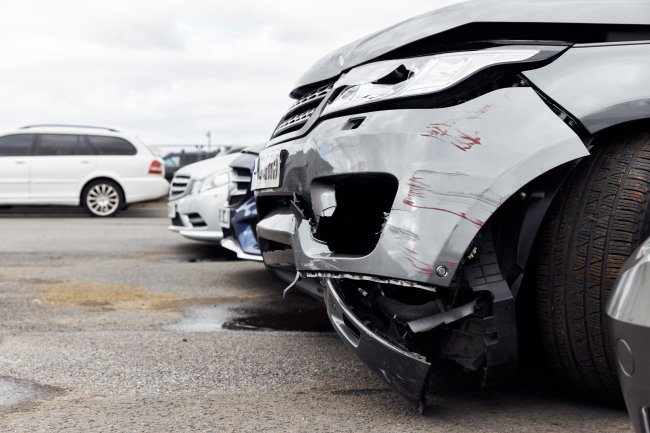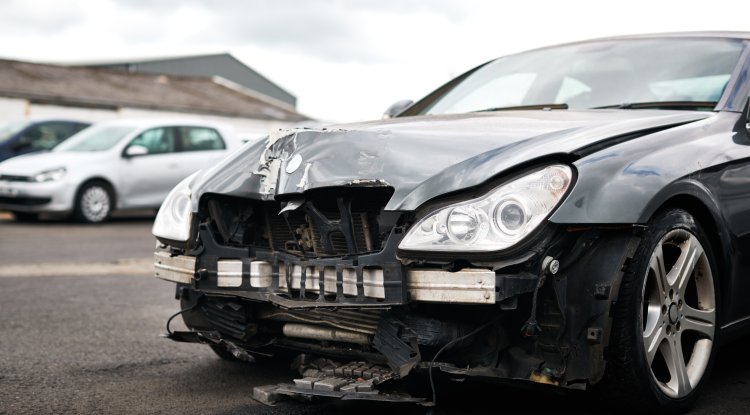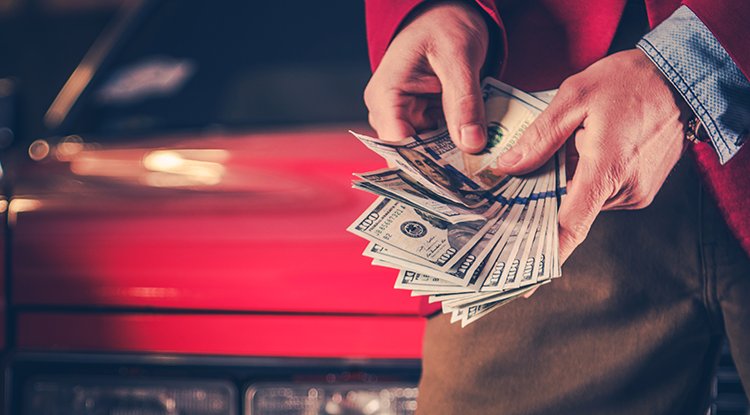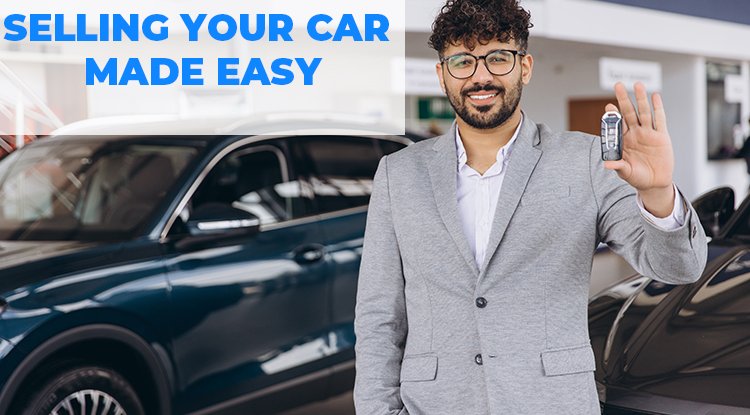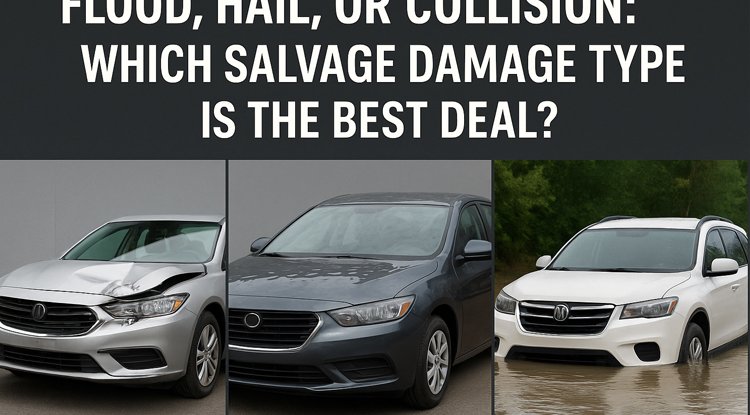Flood, Hail, or Collision: Which Salvage Damage Type Is the Best Deal?
Thinking of buying a salvage car? Learn whether flood, hail, or collision damage offers the best deal — straight from a seasoned mechanic.
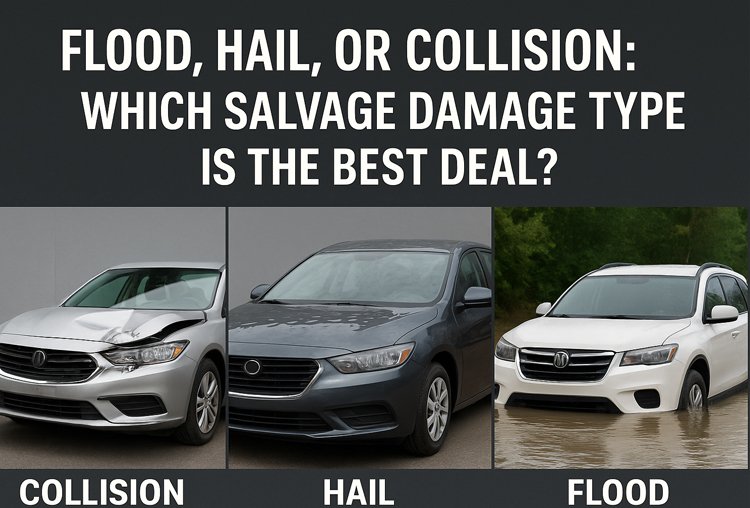
If you're new to salvage cars or looking to score your next build, you've probably asked yourself this question: “What's the best kind of damage to buy?” I've been around the salvage game for years, and let me tell you — not all salvage titles are created equal.
Some are junk, no matter how you slice it. But others? They're diamonds in the rough — if you know what to look for.
Let’s break it down like a seasoned rebuilder would — flood, hail, and collision damage all have pros and cons. I’ll walk you through what to avoid, what’s worth a second look, and how to find real deals on BidGoDrive that actually make sense.
Flood-Damaged Cars: The Good, the Bad, and the Moldy
Let’s start with the most misunderstood of all salvage types: flood cars.
Flood cars are cheap — like, dirt cheap. That’s because water damage scares the hell out of most buyers. And rightfully so. Water and electronics don’t mix. I've seen cars with seats still damp, carpets smelling like mildew, and corroded fuse boxes that look like science experiments.
But here’s the thing most people miss: not all flood damage is catastrophic.
If the water line was low (below the seats), and if you’re dealing with a vehicle that has minimal electronics (think older pickups or base model sedans), you could be looking at a killer deal.
Pros:
- Cheapest salvage cars on the market
- Great cosmetic condition (no crash damage)
- Potential goldmine if caught early
Cons:
- Hidden electrical issues
- Mold/mildew risk
- Can be tough to get clean titles in some states
Browse flood-damaged cars on BidGoDrive
Hail-Damaged Vehicles: Cosmetic Damage, Real Value
Now let’s talk about hail cars — probably my favorite category.
Insurance companies total out vehicles over hail dents all the time. But here’s the punchline: most hail-damaged cars still run perfectly. No deployed airbags, no busted radiators, no bent frames.
I’ve bought hail-damaged trucks where the only real issue was some dimples on the hood and roof. That’s it. Replace a few panels if you care about looks, or just drive it as-is and laugh all the way to the bank.
If you’re in the resale game, hail cars can be tricky — buyers don’t always want to see dents. But for a personal driver or someone who just wants a solid ride cheap, these are gold.
Pros:
- Often fully drivable from day one
- Minimal repair costs if you don’t care about cosmetics
- Great for long-term keepers or budget builds
Cons:
- Resale value can be tough with visible damage
- PDR (Paintless Dent Repair) can get expensive if you're picky
View hail-damaged trucks and cars on BidGoDrive
Collision Damage: Know What to Look For
This is the bread and butter of salvage — front-end, rear-end, side-impact, you name it. These are the cars people think of when they hear “salvage.”
Now listen, not all collision-damaged cars are good deals. Some are absolutely wrecked — frame damage, blown airbags, bent suspension, etc. Those are money pits unless you’ve got a full shop and deep pockets.
But there’s a sweet spot. Here’s what I look for:
- Front-end damage where the frame rails are still straight
- No airbag deployment
- Still starts and drives
That tells me I can probably swap a hood, bumper, headlights, radiator support, maybe some cooling parts — and I’m back on the road.
These cars aren’t as cheap as flood or hail, but they’re often more predictable and easier to flip.
Pros:
- Easier to assess repairs visually
- Higher resale value once rebuilt
- Huge supply available
Cons:
- Labor and parts can add up
- Higher risk of hidden damage
- You NEED to check the frame and suspension before buying
Search front-end damage cars now on BidGoDrive
Which One’s the Best Deal? Here’s the Real Answer.
It depends on your skill set, your tools, and your goals. But here’s how I personally rank them:
| Damage Type | Best For | Risk Level | My Take |
|---|---|---|---|
| Flood | Experienced rebuilders ONLY | High | Profitable but risky |
| Hail | DIYers / Daily drivers / Budget builds | Low | Best value overall |
| Collision | Flippers / Repair shops | Medium | Higher resale margin |
Want my advice? If you’re just getting started, go hail or light collision. Leave the flood stuff to the pros.
And whatever you do, always check if the vehicle:
- Starts and drives ✅
- Has no frame damage ✅
- Has photos/video from all angles ✅
Browse all vehicles that run and drive
Final Tips from a Salvage Vet
- Check title types — not all salvage titles are rebuildable in every state.
- Know your parts costs before buying — those headlights on a modern Benz? $1,200+ each.
- Get a condition report when possible.
- Use a shipping service you trust — we can help with that too.
Ready to Find Your Next Rebuild?
I’ve seen guys turn a $4,000 wreck into a $12,000 car with some sweat and a wrench. And I’ve also seen people lose their shirts on hidden damage.
The key is knowing what to look for — and having the right source for clean, honest listings.
BidGoDrive isn’t an auction. No broker games. No bidding wars. Just real vehicles, real prices, and help if you need it.
Browse 300+ salvage cars in stock now at BidGoDrive.com
Got a question? Need help picking the right car to fix? Hit us up — we’ve been doing this a long time.
— The BidGoDrive Team
